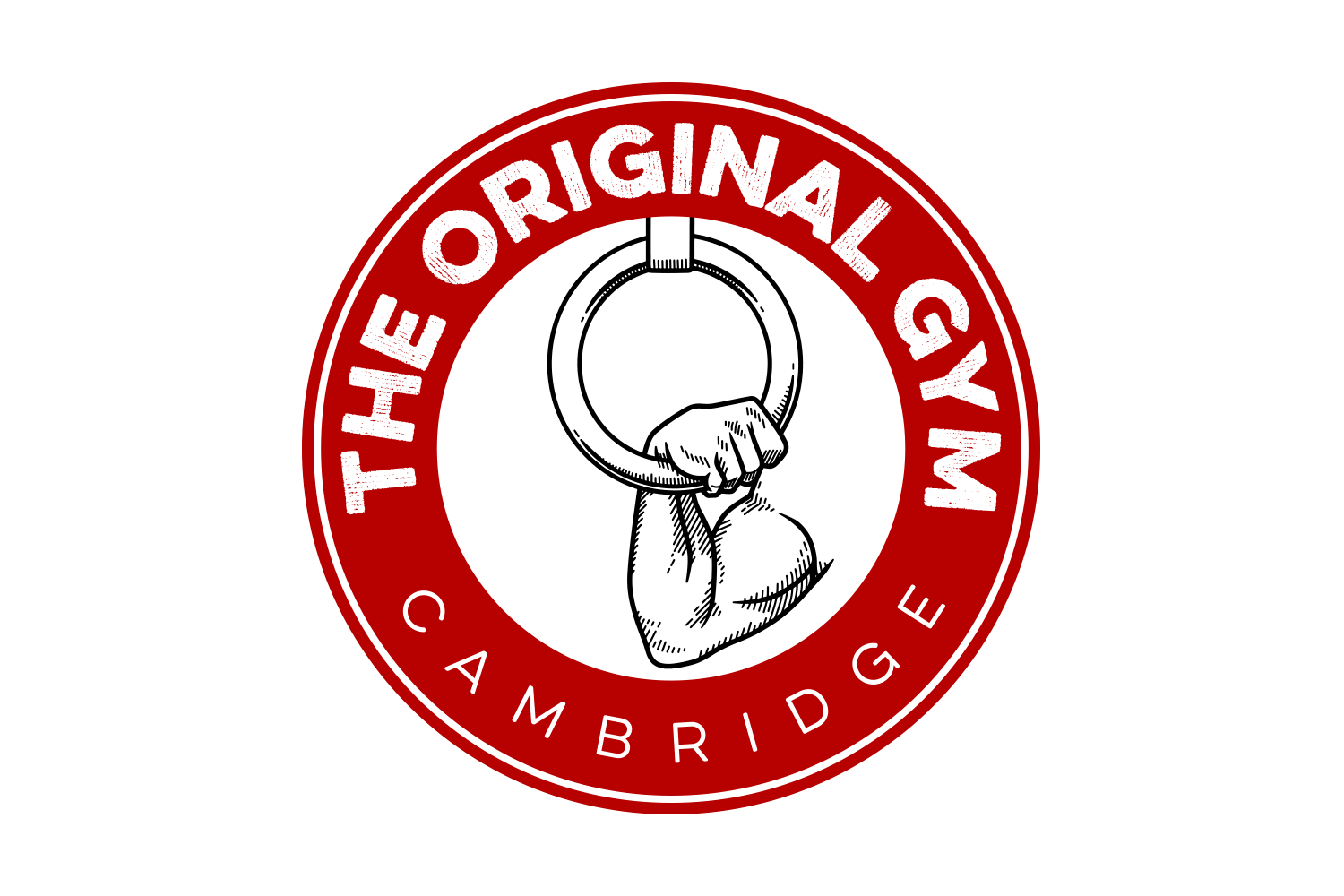A Unifying Model
This video presents the outline of a unifying model for understanding how to work with the body. The “Big 4+1” things to do with the body are:
Articulate:
Learning how our skeleton articulates, the movements of the body parts in the joints. Develop our “body terminology”.
By learning to move parts of the body independently from each other, we improve our body awareness. Awareness leads to control, and then gradual “softening” and removal of tension from the body.
Connect:
To resist movement, and connect parts of the body together to transmit force, to “move as a unit”.
This is the world of “core stability”, which can be understood as simply stiffening the trunk to transmit force.
By developing efficient stabilization strategies, we can build a blueprint for correct strength and mobility training, and get stronger “for free”.
Inefficient stabilization can lead to unnecessary muscular tension, so by learning to stabilize, we can paradoxically improve our ability to articulate and soften.
Mobilize:
To increase the range of movement at a joint or joint system. The hips and shoulders are the major areas to seek to improve via using a combination of loaded stretching and other methods.
Everything that you can or cannot do is defined by your range of motion, and improving this results in big improvements in movement and athletic ability.
Limitations in one part of the body can lead to other parts having to move excessively, which is inefficient and likely leads to injury.
Strengthen
Get stronger in major patterns via basic strength training.
Strength is the "root" athletic ability - getting stronger will drive forward all other athletic attributes, the stronger you are, the easier everything else feels.
These concepts are interrelated: articulation and connection are a complimentary pair, one should not be done without the other. Strength and stability work should be complimented by work that softens and removes tension from the body. Similarly strength training without paying attention to developing range of motion can lead to worsened mobility.
The concepts also build upon each other. If we cannot articulate our skeleton, we cannot stabilize it. If we cannot stabilize, we cannot strengthen or mobilize. If we don’t have sufficient range of motion, we can’t strength train correctly, and so on…
It’s also important to understand that whilst these concepts do form an outline for physical practice, a given exercise can contain more than one of these elements. For example a split squat performed with correct intention is an articulation exercise for the hips, a stability exercise for the trunk and a range-of-motion exercise for the ankle and hip flexors, as well as a strength exercise for the legs.
Finally, the “+1” is… Move! Rather than working just with the body (joints, muscles and so on), shifting perspective to actually moving, rather than fixing the body and preparing it to move. This means running, jumping, crawling, climbing, and so on… Toward the end of the Foundation course a few basic movement elements will be introduced.
